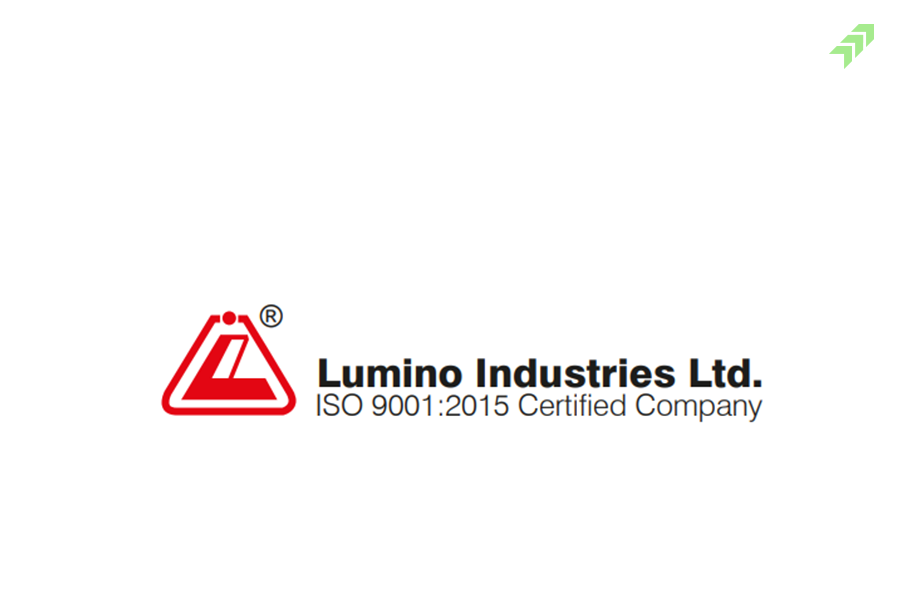How Heat Maps Can Help You Make Better Trading
To understand the stock market you need to be aware of different concepts, tools and techniques that can help you to understand the in-depth market index, stocks, trends and trading. Showing the market trend, stock price or fall and volume change all statistical data is shown on a real-time basis to make the data easily understandable to investors and traders.
When you see the market at glance, you are also keen to know which company stock rises and which one falls. Apart from simple ascending or descending order of showing the stock price change, the heat map is one of the best ways to show the stock market data at a glance. A stock heatmap is simply the price change from highest loss to highest gain shown in a table.
What is Heatmap in Stock Market?
A stock heatmap is a way of showing the stock market data in a two-dimensional graphical visual representation. Mainly two colours(red & green) with different intensities of shades are used to show the market index or the top stock’s position in the market.
Usually, price change is shown with extreme red of stock maximum fall on that day with decreasing the intensity of red colour as per the stock less fallen in descending order. The market heat map table turns slightly green with the stock trading with the price rise. The green colour keeps deepening with the stock price in the index jumped maximum on that day.
If we talk about the main index of the Indian stock market, Nifty stocks represent the trend of top industries. The market heat map in real-time during market hours or using historical data to view how different market indices or stocks perform. Below you can see the stock heatmap chart of Nifty 50 stocks with the price change on 24 Feb 2023 on NSE.
Nifty Heatmap:

What is Heatmap Analysis?
Heat map analysis in the stock market is the process of analyzing the price change in stocks of an index or market capitalization or volume traded depending on the market heat map chart showing the data. Heat map analysis is simple, deep red means the stock of that company fell highest on that day, while deep green means the stock surged highest in percentage.
In the heat map chart along with the latest price of the stock, the high, low and percentage change is shown. Apart from the index, stock can be allocated sector-wise with the maximum gain or maximum loss in that sector. And analyzing the stocks becomes very easy for traders to choose the stock for short-selling or making long positions in any stock.
How Does Heatmap Work?
Stock heatmap simply shows the performance of all the stocks at a glance in a graphical representation that makes it easier for traders to know which stocks increased and which stocks fell. It works like square boxes with different colour codes defined by the heat map developer to show the intensity of stock fell at maximum or rose at maximum levels.
The scale of the stock market heat map lives shows the real-time data shown in the table with the different sizes of boxes. The size of the boxes represents the effect they have on the stock market at the time. The stock market heat map is generated using special heat mapping software where real-time market data can be stored and visualized in a table form.
Heatmap can be used not only in the stock market but also in cryptocurrency or other tradable financial instruments changing the price in market hours. Stock heatmap tables come with sorting and filtering the stocks as per different criteria like change in price, market capitalization, and turnover. In the future &options segment, the change in open interest or the number of contracts traded can be also used to show the heatmap table giving cues to traders.
NSE Heatmap
Finding the stock heatmap of entire stocks listed on the National Stock Exchange (NSE) is not possible as well as not viable, as there are many companies and looking at the huge amount of data on a heat map will make it difficult to understand the market situation.
Here you can check the Nifty 50 heat map that consists of the top 50 companies listed on the NSE and similarly sector-wise or index-wise like large-cap, mid-cap and small-cap stocks. And I think heat map nifty 50 can show you the entire market cues.
BSE Heatmap
Similarly, visualizing the entire stock on the Bombay Stock Exchange (BSE) is not possible for anyone. Here again, you can sort the data as per the index, sector and market capitalization. On BSE, checking the Sensex heat map would be enough to know the market conditions and trends of different sectors or stocks of the top 30 companies listed in the market.
F&O Heat Map
The stocks included in the derivatives segment better known as the Future & Options section can be also filtered while visualizing the F&O heatmap. All the stocks in the F&O segment can be seen with their price change, volume, open interest change and contract traded in the market on a particular day. The heat map data visualization depends on the software.
Conclusion
No doubt, a heat map can show you the stock price data at a glance but can be confusing if there is a large amount of data used and visualized on the screen. For stock market traders, it can show only the price change or volume and market capitalization change. But it will not show the reason behind the change or what are the factors behind the price change.
A heat map is neither a trading system nor an indicator or tool to decide for trading. It will not tell you which stock to buy or which one to sell, rather it simply gives you information about what market participants are doing now.
However, when you look at the stock market heat map, you can visualize the current situation of the market, what the top stocks surged and which ones fell on that day. The stock heatmap displays very true and non-aggregated market data allowing you to see the top index and stocks trading mostly in the red zone or green zone with their intensity of price change. According to that you can use the other technical indicator tools and make the right decision for trading.


















3 Comments
[…] Also Read: What is Heat Map in Stock Market: How Heatmap Works & Used? […]
[…] experts work here at Moneysukh using advanced tools and techniques to understand the market heat mapand pick the right […]
[…] for trading, you need regular practice to monitor stocks, screen the market heat map, read the chart patterns, understand the market volatility index (VIX) and correlate the various […]